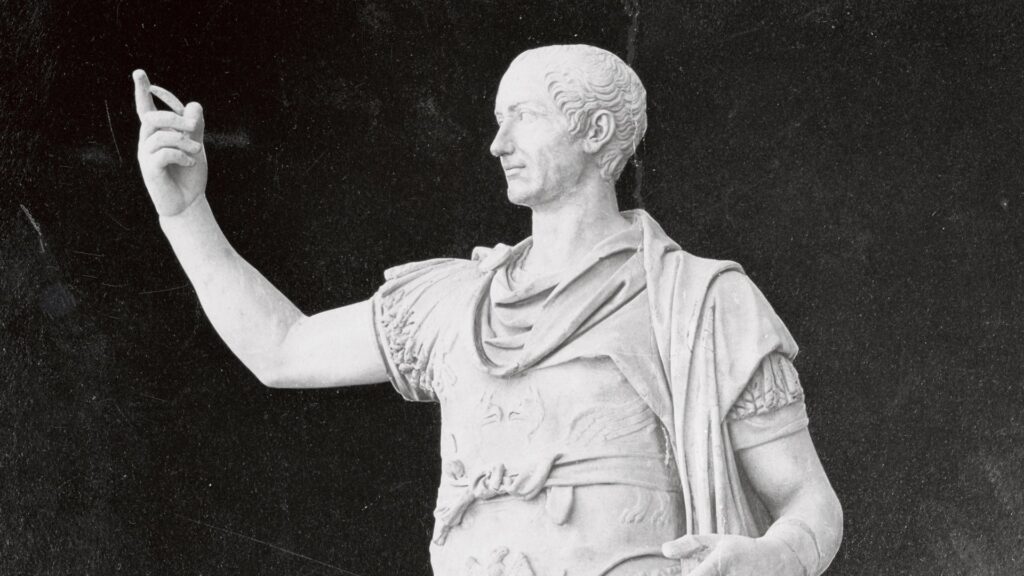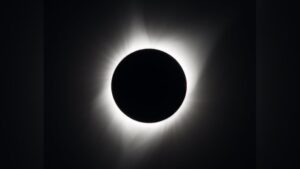In Grade 4, I remember my Australian exchange teacher, Mr. Cooper, delightedly asking us how old we thought he would be turning on his next birthday. I’m sure the guesses ranged from 15-75 based on how bad children seem to be about guessing the age of an adult. Once the guesses were done, he delightedly exclaimed that he was going to be 8 years old, and we were like “WTF? Is this an Australian thing?” Anyways, it was his smooth segway of letting us know that he was born on a Leap Year – a year every four years in which we add an extra day to the calendar on February 29 and have 366 days in the calendar year.
So, what’s the deal and why do we do this? Well, as you know it takes roughly 365 days to orbit the Sun. More precisely, however, it takes 365 days, 5 hours, 48 minutes, and 46 seconds to orbit the Sun – a “solar year”. And, this leads to a bit of a mathematical problem. We typically round down to 365 days in a year, but if this were to go on and on then the extra hours would add up and our concept of seasons would be obliterated. After around 100 years, the calendar would be off by 25 days. August would eventually drift into a cold, winter month in the Northern Hemisphere rather than a summer month.
Enter: the Leap Year! On January 1st, 45 BC, Julius Caesar reformed the Roman calendar to make it follow a solar calendar and implemented the leap year every four years – the Julian Calendar. He also created a 445-day year in 46 BC to correct for the lag that had built up based on advice from the astronomer Sosigenes. (You can learn more about the “longest year in history” here.)

However, the Julian Calendar was still off even with this correction; it was 11 minutes and 14 seconds longer than the solar year, which amounted to being 10 days off the mark by the 16th century (some 1,600 years later.) Pope Gregory XIII then introduced the Gregorian calendar (our modern calendar) to correct for this. He made all years divisible by four into leap years except for century years, which must be divisible by 400 to be leap years. For example, the years 800, 1200 and 2000 would be leap years, but 1700, 1900 and 2100 would not. Indeed, we won’t leapfrog a leap year again until 2100.
But the math still isn’t perfect. We’re still off by about 26 seconds each year compared to a solar year…but that’s a problem for another millennia and maybe another form of life.
Who’s ready to take the leap?



